|
“Growing up, I always felt a connection to nature. I was raised with a forest and stream surrounding my home, with wild animals around my house, and with a lot of space to explore. As a kid and teen, I loved to spend every summer at lakes and in the ocean. Yet only when I was a young adult and traveled to different places around the world and then lived by the sea for a while, I felt the need to do something to help conserve our natural waters. For me, the way to do that was with environmental communication through documentary films.” Sabine M. Probst is a documentary filmmaker, producer, and cinematographer. She was also a 2022 Jackson Wild Summit Fellow, participating in a comprehensive program for storytellers to accelerate their project in development through a series of skill-building workshops, networking events, pitching opportunities and mentorship. Sabine is based in Austria, and she understands the irony of growing up in a land-locked nation and ending up as an ocean conservationist and underwater cinematographer. “The best advice I could give my younger self is to not compare myself so much to the success and the work of others, not trying to fit into a mold, and not listen too much to what others think I should do. Not everyone has the same connections and opportunities in life and wants to take the same path,” Sabine shared. “I used to think that in order to be a credible ocean conservation filmmaker, I would have to have a degree in marine sciences and film and live by the ocean. Yet I come from a design background and live in a landlocked country. I learned the film basics in university, but I also taught myself a lot, took extra courses in film, conservation, communication, and biology, and learned by doing. My degrees in information and media design give me a different viewpoint on projects. Even though I don't live by the ocean, I get to work with marine biologists, conservationists and people that do live by the ocean and share their inspiring stories through film.” In 2022, Sabine founded Seen Blue, a visual environmental communication organization working with environmental organizations, scientists, and activists to communicate their research, work, and efforts to protect nature effectively. Their newest film, Maydayterranean, presents both the beauty of the Mediterranean Sea, along with the challenges it faces: effects of tourism, lack of legal protection, pollution, overfishing, and more. “I was writing my master’s thesis about how to use documentary film as a tool for ocean conservation, and I wanted to create a piece that brings theory into practice. I got a small grant from my university to do the project, so I started researching places nearby. The closest sea to Austria is the Mediterranean Sea. What stood out to me during my research was that everyone I spoke to about wanting to film the underwater life in the Mediterranean Sea looked surprised. Even though all of these people spend every holiday in Italy, Croatia, or Greece, everyone thought of the underwater world as lifeless and beige. From then on, I knew that I wanted to show the tourists that spend their vacations at the Mediterranean Sea, and the locals that don't get to explore it, the beautiful world underneath the surface.” “I eventually reached out to an old schoolmate of mine who is a member of the Mediterranean Education and Research Association, who referred me to a marine biologist and educator working in Croatia and Austria. She opened my eyes to the incredible biodiversity of the Mediterranean Sea, and made my fascination for the underwater world grow even more. She helped me build connections with other scientists, marine conservationists, and researchers. I filmed in five countries bordering the Mediterranean Sea and in Austria, my home country, where I wanted to see what a landlocked country can do for ocean conservation." Maydayterranean screened at a film festivals worldwide, was presented at schools, and has now made its way onto the Waterbear Network where it can be streamed for free online. As a former Fellow, Sabine uses the Jackson Wild Collective to stay involved with the community. “To me, the Jackson Wild Collective is a place to connect with like-minded people worldwide. Through it, I’ve found many valuable contacts, made new friends, and stayed up to date on new opportunities.” Follow Sabine on Instagram to keep up with her work, and follow Seen Blue to get updates on their new projects. Watch Maydayterranean on Waterbear Network.
The Jackson Wild Collective is the virtual home for our global storytelling community to connect, collaborate and inspire change year-round. Join today.
1 Comment
Filmmaker Q&A with Jerry van de Beek and Betsy de Fries, Directors of YELLOWSTONE 88 – Song of Fire1/19/2023 Q: What inspired this story? Little Fluffy Clouds studio is located in Northern California where we are now beset with ever increasing climate change related fires and worsening air quality from smoke every year. Fire season begins earlier and finishes later with every year that passes. Nonetheless California also shows us the spectacular beauty of nature. The giant old growth redwoods, abundant bird and wildlife and ever increasing populations of bears and wolves. We always wanted to include wolves in our animations and had an early idea to do a short animation about the redwoods. While researching these subjects we came upon the story of the devastating fires that engulfed Yellowstone Park for so many months of 1988. A kernel of an idea began to take shape, to tell the story of that fire and its aftermath purely from the perspective of the flora and fauna in the park. Yellowstone 88 – Song of Fire is the culmination of that early seed. The narrative poem, Song of Fire, by Betsy has its’ roots in a TED Talk given some while ago by the writer, journalist and eco-activist, George Monbiot, on the subject of rewilding. Rewilding is a newish word coined for a forward thinking concept, it means the mass restoration of ecosystems. We were inspired by the notion of Trophic Cascade which he explains here: “This is an ecological process, which starts at the top of the food chain and tumbles all the way down to the bottom, and the classic example is what happened at Yellowstone National Park when wolves were reintroduced in 1995.” ~ How Wolves Changed Rivers - George Monbiot Q: How did you approach storytelling in this film? Telling a true story in the form of a narrative poem is hard to do. Poetry is an intangible expression of emotion coupled with an idea but this poem had the added layer of needing to be grounded accurately in facts. How to combine that with the spiritual story we wanted to weave? And how to tell the story of fire – what to include, what to leave out - yet still give full reign to the creative flow in both rhythm and rhyme? And of course how to evoke tantalizing imagery to set the stage for animation? Designing animation Yellowstone 88 was a challenge but one we really enjoyed. Once you know what story you want to tell you have to come up with a visual narrative that supports that story. You have to set parameters like color palettes and style. As with any story you have characters coupled with an event. In Yellowstone 88 our characters are the animals and the environment. The two major events of this story are the fires and the snowstorm. The nature of this story is one of high contrast. Against the brightness of the fire and the whiteness of the snow the story of the animals plays out in almost silhouette. This gave us the idea to create a 2D animation and stack the characters and events in layers. Starting with the first character - the environment – and moving on to add the events of the fire and snow. Adding on top of that the second character - the animals. To fully showcase the vastness of the landscape we introduced slow camera moves and worked with many 2D planes to create a parallax effect and immerse the viewer inside the story. At this stage that we made the choice to create the animation in Cinemascope and fully imbue it with an epic feel much in the way you experience Yellowstone in real life. The final challenge was to bring all the pieces together. The Poem has its own rhythm and flow but so does the animation and the music. Each is very powerful in its own right so combining these elements without compromising one for the other was a very delicate dance indeed. Q: Describe some of the challenges faced while making this film/program. We started Little Fluffy Clouds with the goal of earning enough money from paying projects to pay for our own creative short animations. In essence some 25 years later that’s still what we do. 2020 was a different kind of year. The entire world went into lockdown as the Covid-19 pandemic spread. With no prospect of work for a while we turned to what we do best - our own films. Once again we were our own clients with all the benefits and pitfalls that come with that. Only four people worked on this production with each their distinct talent and contribution: Jerry van de Beek, director, designer, animator, sound designer; Betsy de Fries, director and writer, Peter Coyote, spoken word actor and Mark Murphy, composer and sound designer. We operated from remote locations in in California and in Dublin. Like everyone else we had to rely on on-line links, zoom calls, emails and constant open communication to keep the production flowing and get it to the finishing line. It was challenging. There were stops and starts but we kept going and all of that makes us extra proud of our achievement. Q: What impact do you hope this film will have? As we were making Y88 it quickly became obvious to us that Climate Change/Chaos is overtaking our planet faster than our governments can adapt and react to but to strip away all hope only serves to immobilize. Perhaps the greatest take away from the 1988 park fires is how quickly an ecosystem can renew itself if nature is allowed to take it’s time and lead the way. We see this film as a way to get the climate change/chaos message across in a forceful yet beautiful way - a seduction as opposed to a hammer. The film is for everyone but reaching a younger audience is paramount. Their future is at stake here and they must come up to speed and advocate for themselves. Yellowstone 88 is now being shown in schools in France, Scotland and California as a means to jumpstart conversation and engagement around the issue. Q: Any facts about the film, the subject matter or the production crew that might surprise the audience? Relatively few animals died in the actual fires. Instinctively fauna understand and can gauge fire and usually can survive one. Some flee and some go underground. Most note the wind and smoke patterns and move away from the fire as quickly and as far as they can. Multiple fires converging pose a greater threat but the real danger to flora and fauna comes after a fire when the land is scorched bare and there is no food to be found. That same winter snow that doused the uncontained fires of Yellowstone was so severe that animals simply starved or died attempting to find food. It was a bitter loss of great proportion. At the time of the fire there were no wolves living in the park but their existence in Yellowstone predates the creation of the park and their presence and soul has always been felt, and so the spirit of the wolf speaks through this poem and guides us through the animation. Once reintroduced into the park their presence altered the shape of the ecosystem and returned it to a more original stature. The park is the centerpiece of the Greater Yellowstone Ecosystem the largest remaining nearly intact ecosystem in the Earth's northern temperate zone. In 1978, Yellowstone was named a UNESCO World Heritage Site. Q: What's next for you? We’d love to jump on the next film as soon as possible. Plenty of ideas abound but first we have to continue with paid productions for our clients. Our hope is to get some funding for our next film so that we can allocate more time to it without having to put it on hold for paying gigs. Follow Little Fluffy Clouds, the studio behind YELLOWSTONE 88 - Song of Fire, on Instagram and Facebook to see more of their work.
|
Archives
March 2024
Categories
All
|
Contact UsJackson Wild
240 S. Glenwood, Suite 102 PO Box 3940 Jackson, WY 83001 307-200-3286 info@jacksonwild.org |

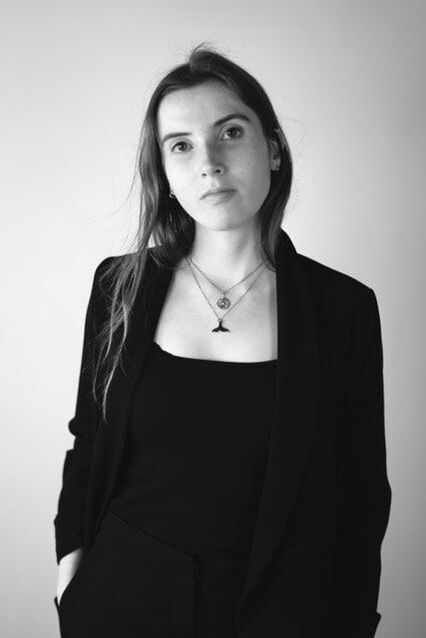
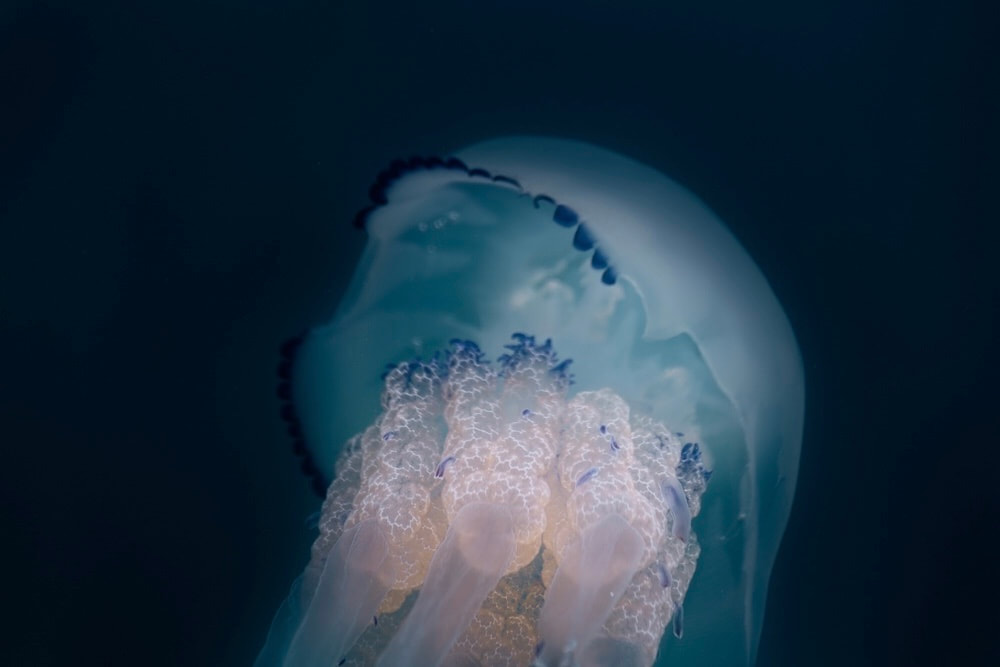
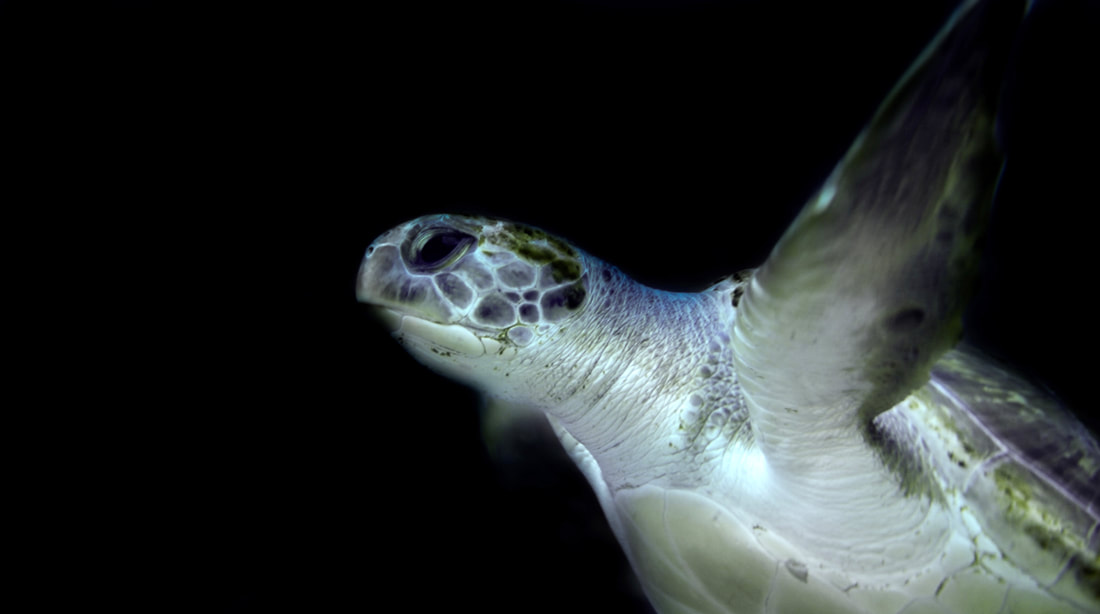
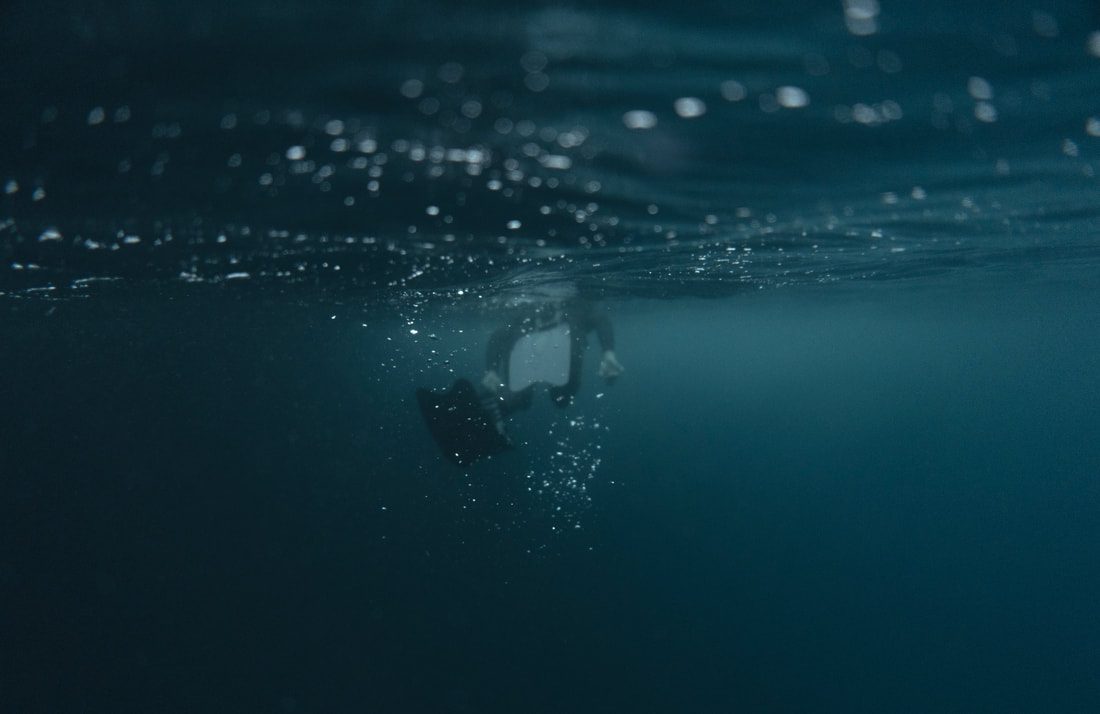
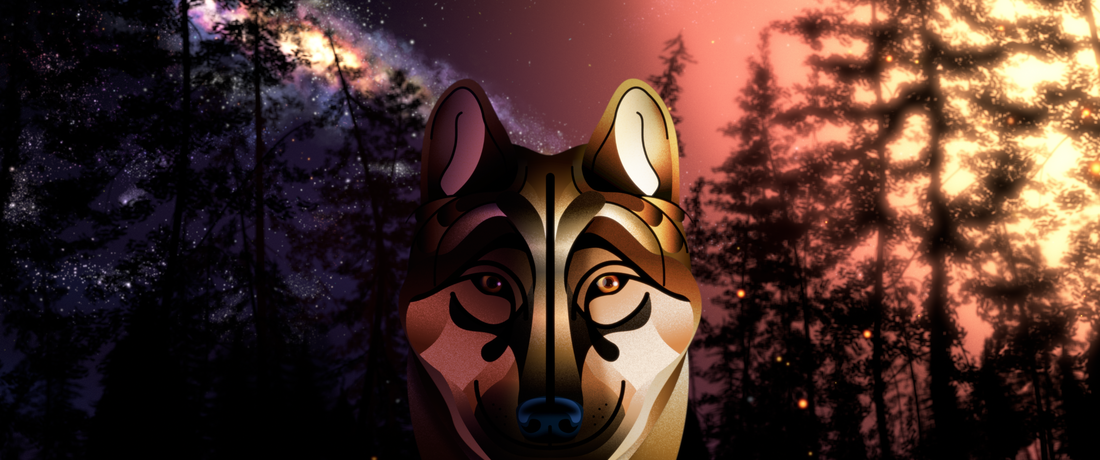
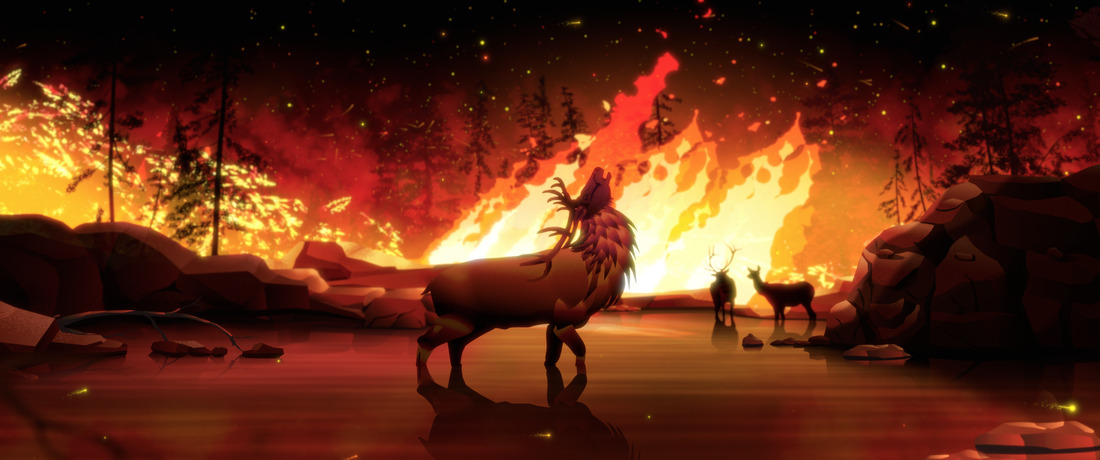
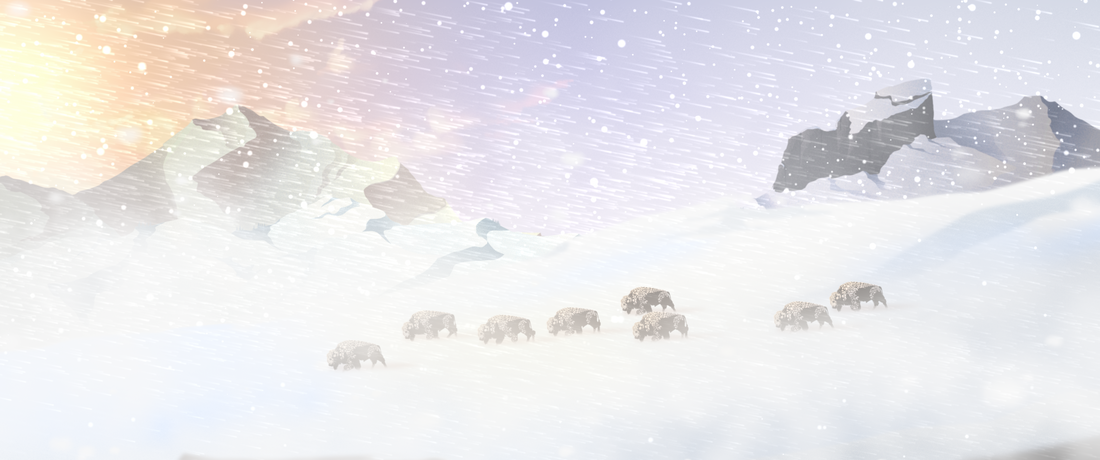
 RSS Feed
RSS Feed